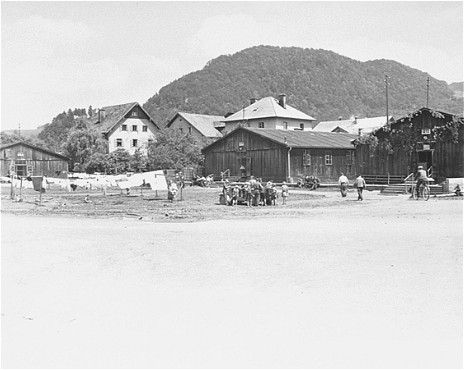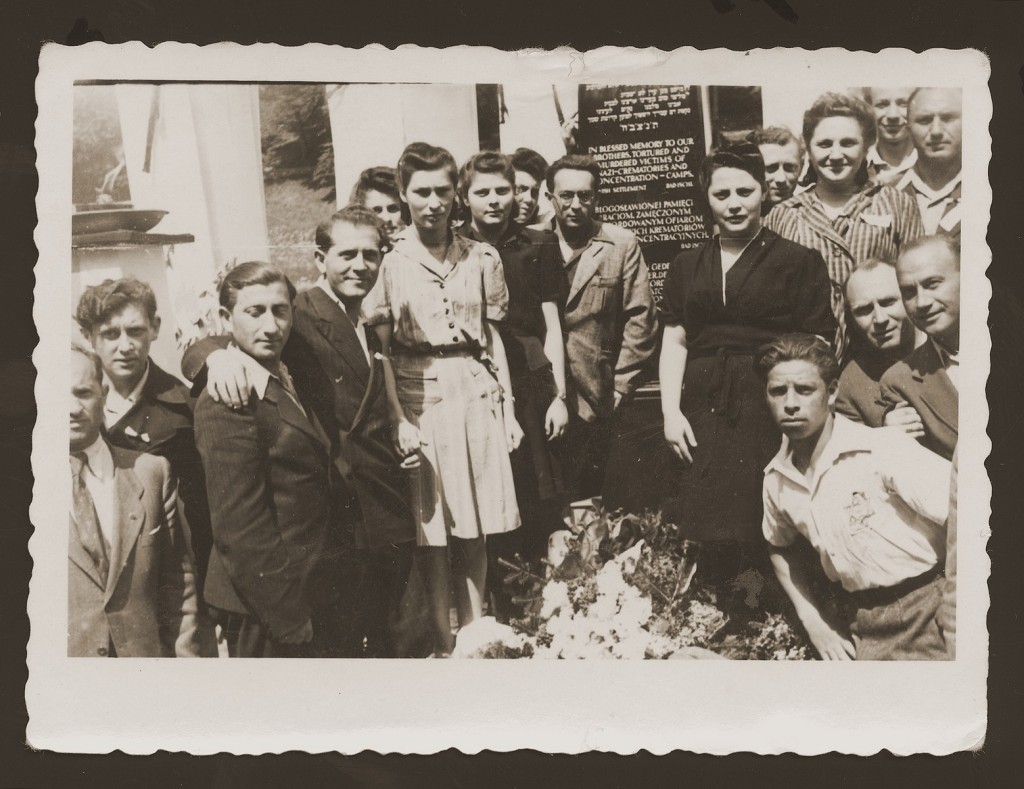
Salzburg Displaced Persons Camps
For the Jews who survived the Holocaust, the end of World War II brought new challenges. Many could not or would not return to their former homelands, and options for legal immigration were limited. In spite of these difficulties, these Jewish survivors sought to rebuild their shattered lives by creating flourishing communities in displaced persons camps in Germany, Austria, and Italy. In an unparalleled six-year period between 1945 and 1951, European Jewish life was reborn in camps such as those in Salzburg.
The DP (displaced persons) area in the district of Salzburg, Austria, was located in the American occupied zone. In December 1946, roughly 13,200 Jews were dispersed among Salzburg’s three permanent, and five transient camps. For a time, 2,000 persons entered the DP area daily.
UNRRA (United Nations Relief and Rehabilitation Administration) administered the permanent camps: Bad Gastein, New Palestine, and Braunau. The transient camps were led by UNRRA and partially by the AJDC (The American Jewish Joint Distribution Committee): Frenz Josef, Beth Bialik, Puch, Riedenburg, and Saalfelden. Salzburg’s transient camps commonly sheltered larger groups of DPs. Most of the camp’s Jews came from Hungary and Poland; others came from Romania and Czechoslovakia.

Under the supervision of the AJDC, six bakeries were opened in the Salzburg area for preparing special foods for Jewish religious observances. Two children’s homes were opened on Lake St. Wolfgang in Salzburg, where children could enjoy the garden grounds, the play equipment, and the swimming facilities. The camps devised cultural, educational, and vocational programs to assist the DPs in their return to life.
Movements for emigration became a major component of Salzburg camp life, especially within the transient camps. Polls revealed that about 80% of the Jewish population of Salzburg saw Palestine as their ultimate transfer point. With the creation of the State of Israel in 1948 and the passage of the Displaced Persons Act in 1948 in the United States, the camps began to slowly close. Most of the camps were shuttered by 1952.
Critical Thinking Questions
- What challenges did survivors face in the DP camps?
- What challenges did the Allies face in establishing and supervising DP camps?
- What responsibilities do (or should) other nations have regarding refugees from war and genocide?

